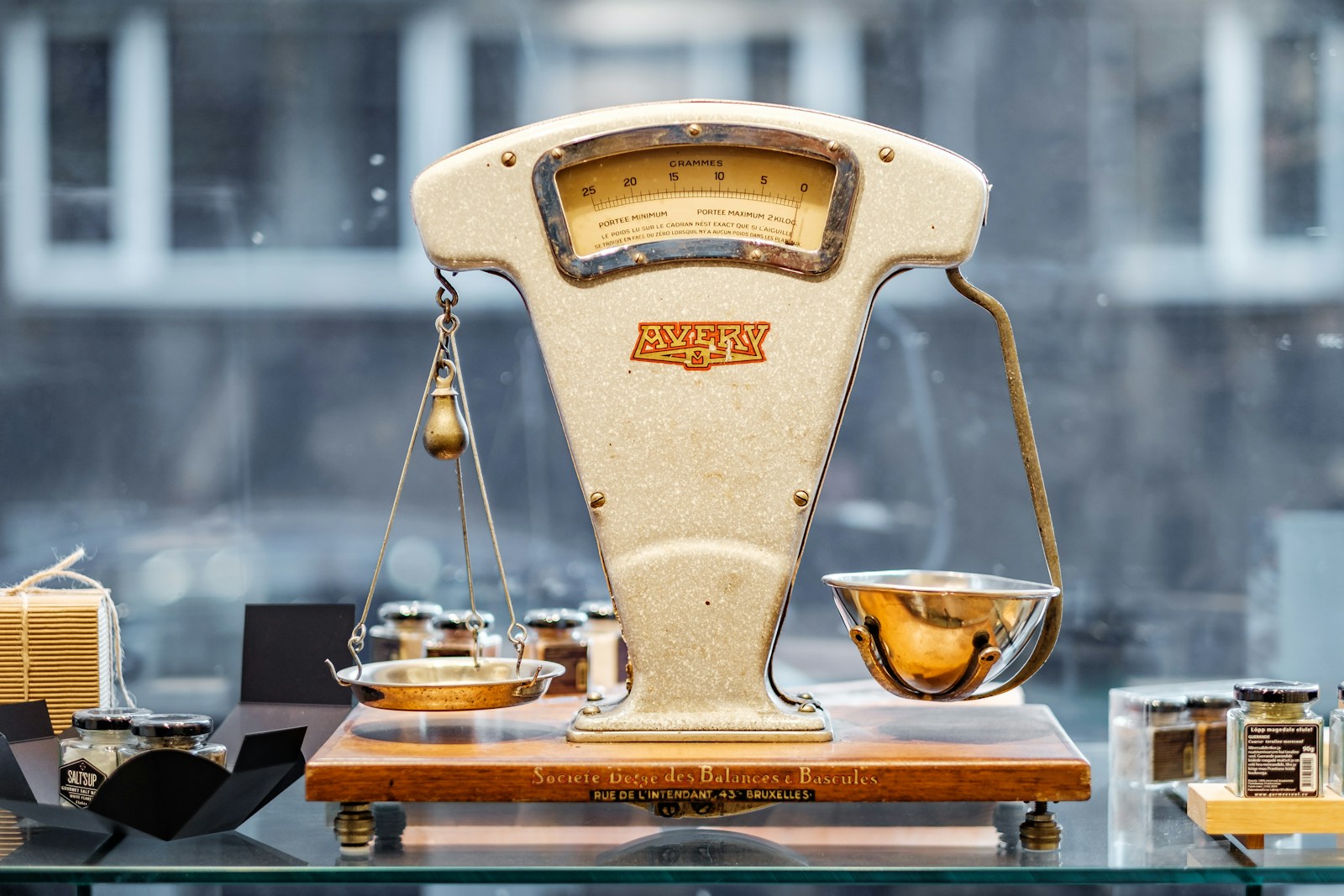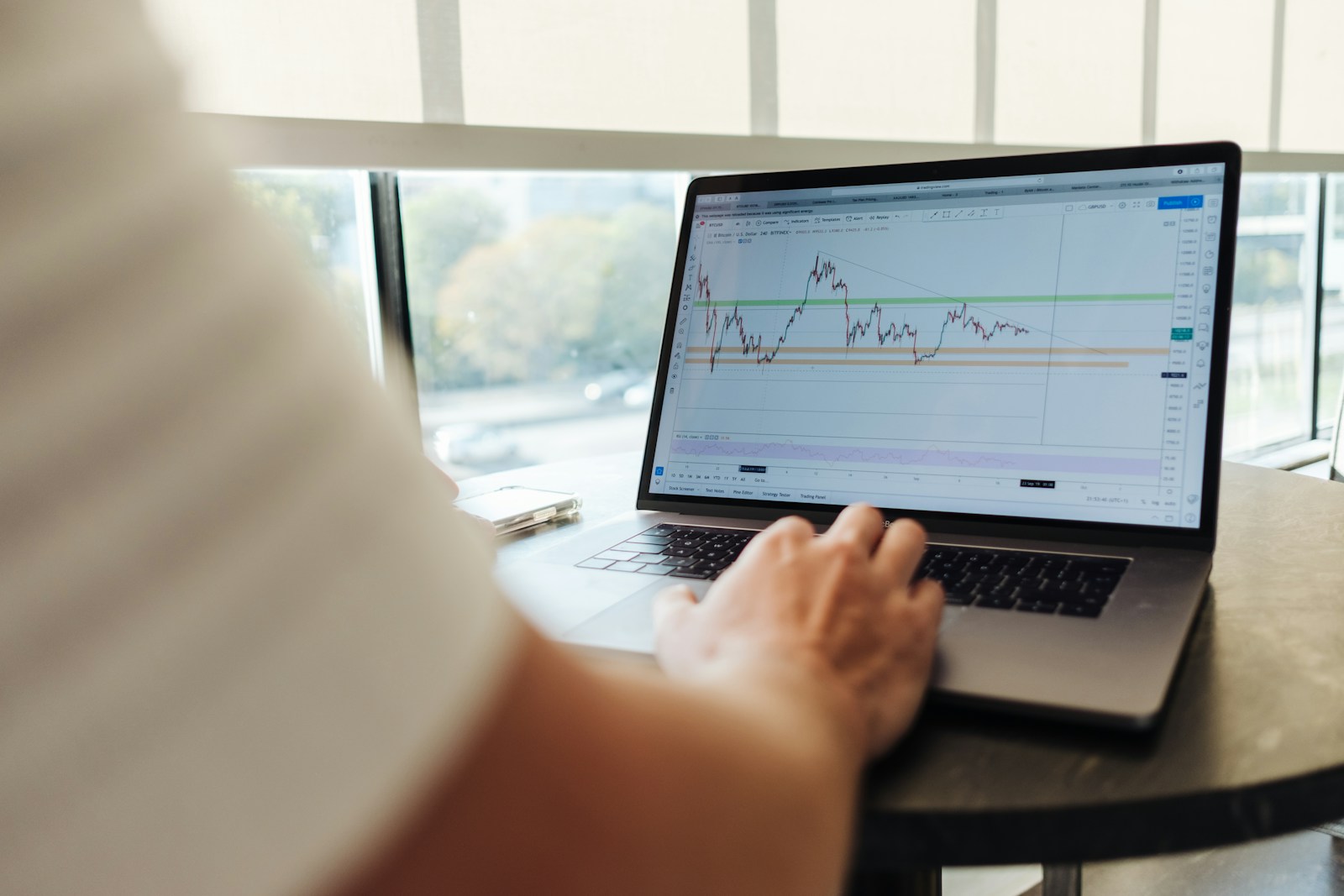In the fast-paced world of trading, patience often feels like an undervalued skill. Many traders equate action with progress, leading to impulsive decisions and unnecessary risks. However, seasoned traders understand that waiting—whether for the right trade setup or for the market to align with their strategy—is not just a skill but a critical part of long-term success.
This article explores why patience is essential in trading, the psychological challenges of waiting, and actionable strategies to develop this vital trait.
Why Patience is Key in Trading
1. Better Trade Selection
Patience allows traders to wait for high-probability setups that align with their strategy, rather than jumping into trades out of boredom or fear of missing out (FOMO).
2. Reduced Emotional Decisions
Rushing into trades often leads to emotional decisions driven by greed, fear, or frustration. Waiting helps maintain objectivity and discipline.
3. Improved Risk Management
Patience ensures that traders allocate capital wisely, avoiding overtrading and excessive risk exposure.
4. Consistency Over Time
By focusing on quality over quantity, patient traders achieve more consistent results and build confidence in their strategy.
The Psychological Challenges of Waiting
1. Fear of Missing Out (FOMO)
Seeing others profit or observing rapid market moves can create pressure to act, even when conditions aren’t ideal.
2. Impatience
The desire for instant results makes it difficult to sit on the sidelines and wait for the right opportunity.
3. Overconfidence
A streak of wins can lead to a false sense of security, causing traders to rush into trades without proper analysis.
4. Anxiety About Inactivity
Many traders equate waiting with wasting time, leading them to take unnecessary trades to feel productive.
5. Frustration With Slow Progress
When progress feels slow, it’s tempting to overtrade in an attempt to accelerate results, which often backfires.
How to Practice Patience in Trading
1. Define Your Ideal Trade Setup
Clearly outline the conditions that must be met before entering a trade, including technical indicators, risk-reward ratio, and market conditions.
Example: “I will only enter a trade when the RSI indicates overbought/oversold conditions, and the price is near a key support or resistance level.”
2. Use Alerts and Automation
Set price alerts or use automated trading tools to notify you when your criteria are met. This reduces the urge to constantly monitor the market and act prematurely.
Tip: Avoid staring at charts for extended periods, as it can lead to impulsive decisions.
3. Focus on the Process, Not the Outcome
Shift your mindset from chasing profits to executing your plan. Celebrate following your strategy, even if a trade doesn’t result in a profit.
Tip: Keep a journal to track how well you adhere to your plan, rather than just your financial results.
4. Develop a Structured Routine
Having a set schedule for analysis, trade execution, and review helps reduce the temptation to act impulsively during unplanned moments.
Example: “I will analyze the market from 9 AM to 10 AM, place trades only between 10 AM and 12 PM, and review my performance at the end of the day.”
5. Limit Screen Time
Spending too much time watching the markets can lead to overtrading. Take breaks to clear your mind and avoid unnecessary trades.
Tip: Schedule breaks during your trading session, even when the market is active.
6. Use Visualization Techniques
Visualize yourself waiting patiently for the perfect trade setup and executing your plan with discipline. This mental rehearsal can improve your ability to stay calm and focused.
Tip: Before each session, spend a few minutes visualizing your ideal trading behavior.
7. Manage Your Expectations
Understand that trading is a long-term game, and consistent profits come from quality trades, not quantity.
Tip: Remind yourself that sitting out a bad trade is just as valuable as making a good one.
8. Practice Mindfulness and Emotional Control
Mindfulness techniques like meditation or deep breathing can help you stay present and reduce anxiety about waiting.
Tip: When you feel the urge to act impulsively, take a deep breath and refocus on your trading plan.
9. Review Missed Opportunities Objectively
Missing a trade can be frustrating, but it’s important to avoid chasing the market. Analyze what happened and use it as a learning opportunity.
Tip: Ask yourself, “Did I miss this trade because I followed my plan? If so, I did the right thing.”
10. Build Confidence in Your Strategy
The more confident you are in your strategy, the easier it becomes to wait for the right setups. Regular backtesting and reviewing past trades can reinforce your trust in your approach.
Real-Life Example: The Power of Patience
Sarah, a forex trader, used to enter trades impulsively out of fear of missing out. Her lack of patience often led to losses and frustration. After attending a trading seminar, she decided to focus on practicing patience.
Sarah implemented a strict trading plan, set alerts for her ideal setups, and started journaling her trades. She also took breaks during trading sessions to avoid overanalyzing the market. Over time, Sarah noticed a significant improvement in her results. By waiting for high-probability setups, she reduced her losses and gained more confidence in her strategy.
Final Thoughts
Patience is a cornerstone of successful trading, yet it’s one of the most challenging skills to master. By understanding the psychological barriers to waiting and implementing strategies to overcome them, you can improve your decision-making, reduce emotional trading, and achieve more consistent results.
Remember, in trading, waiting is not wasted time—it’s part of the process. A patient trader is a disciplined trader, and discipline is what leads to long-term success. Stay focused, trust your plan, and let the market come to you.









